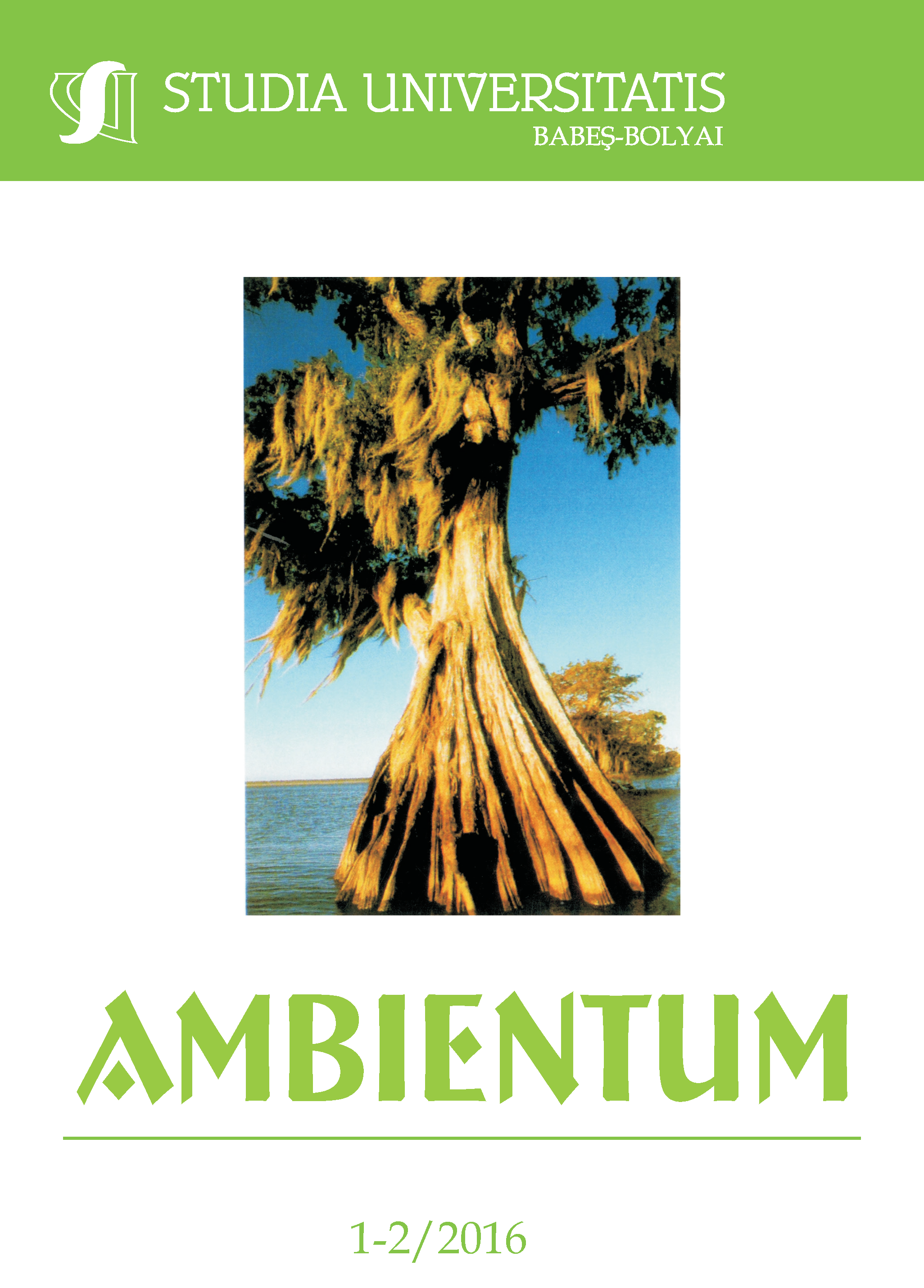WASTE RECOVERY FROM LEATHER
Keywords:
recovery, waste leather, composite material, leachabilityAbstract
This study aims procurement and testing of ways using leather waste from tanneries, by incorporating them into a composite. This new material was subjected tests to determine leachability total chromium and lead in leather waste. Flow of production was as follows: grinding skin, placing the composite composition of a CRT glass waste to replace natural aggregates, own recipes, samples forming and demoulding. The new composite was then subjected to leachability test for total chromium and lead. The primary objective of this study was to achieve a composite material that can be used as material for the construction, in compliance with current standards of construction and environmental legislation. The proposed method of waste recovery skin is viable and beneficial to the environment and provides economic benefits by creating jobs.
References
Coară C., Florescu M., Demetrescu I., Ciobotaru, V., 2003, Technological priorities in the Romanian economy. Economy, 1, pp. 33-35.
Kolomaznik K., Adamek M., Andel I., Uhlirova M., 2008, Leather waste-Potential threat to human health and a new technology of its treatment. Journal of Hazardous Materials, 160, pp. 514-520.
Official Journal of the European Union, the decision to implement the European Commission February 11, 2013, of laying down the conclusions on best available techniques (BAT) under Directive 2010/75/EU of the European Parliament and of the Council on industrial emissions for hides.
MO 95 from 12.02.2005 establishing acceptance criteria and preliminary procedures for the acceptance of waste storage and a national list of waste accepted in each class of dangerous landfill, Official Gazette, 194, 8 March 2005.
Ozgunay H., Colak S., Mutlu M.M., Akyuz F., 2007, Characterization of Leather Industry Wastes. Polish J. of Environ, 16 (6), pp. 867-873.
Popita G.E., Rosu C., Manciula D., Corbu O., Popovici A., Nemes O., Sandu A.V., Proorocu M., Dan S.B., 2016, Industrial Tanned leather waste embedded in modern composite materials. Plastic materials, 53 (2), pp. 308-311.
Roșu C., Popița G.E., Manciula D., Popovici A., Corbu O., Cozma A., 2015, Tanned leather waste: a hazardous waste or not?. Journal of Environmental Protection and Ecology, 16 (3), pp.899-907.
Yilmaz O., Kantarli C., Yuksel M., Saglam M., Yanik J., 2007, Conversion of leather wastes to useful products. J. Resours. Conserv. Recycl., 49, pp.436.
***www.ec.europa.eu/eurostat/, accessed on November 2, 2016.
***www.profilab24.com/IKA-A-11-basic-Analytical-mill, accessed on June 4, 2016.
Downloads
Published
How to Cite
Issue
Section
License
Copyright (c) 2016 Studia Universitatis Babeș-Bolyai Ambientum

This work is licensed under a Creative Commons Attribution-NonCommercial-NoDerivatives 4.0 International License.





 ISSN (online): 2065-9490 | ISSN (print): 1843-3855 | ISSN-L: 2065-9490
ISSN (online): 2065-9490 | ISSN (print): 1843-3855 | ISSN-L: 2065-9490